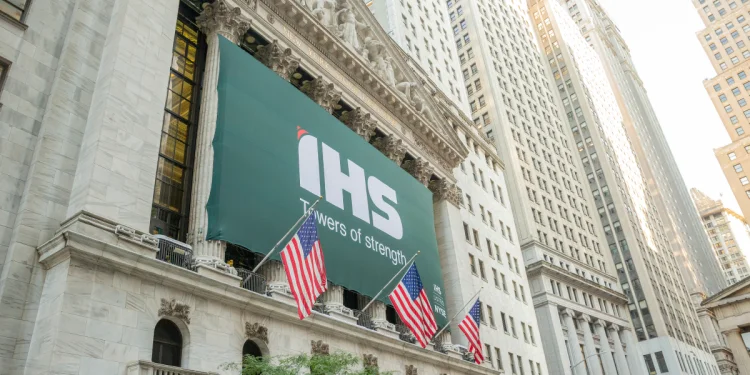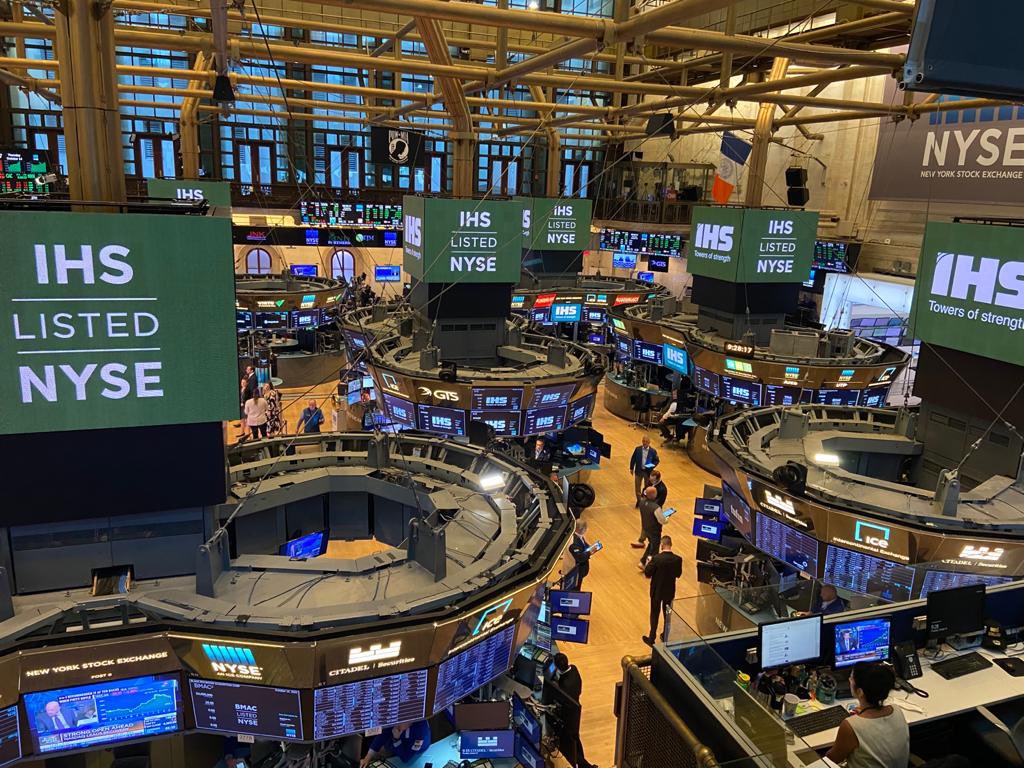Physical Address
60 Ekwema Cres, Layout 460281, Imo
Physical Address
60 Ekwema Cres, Layout 460281, Imo

IHS Towers reduces infrastructure spending by 16% in H1 to protect its cash and focus on what really matters. Africa’s biggest infrastructure company has changed its approach, moving away from fast growth to being more careful with money. This shift comes as the company sells some assets and puts energy into key markets like Nigeria, South Africa, and Brazil.
In the first half of 2025, IHS Towers spent about $89.9 million on building new towers. That’s a drop from $106.8 million spent in the same time last year, which means IHS Towers reduces infrastructure spending by 16% in H1. Both quarters felt the cut: Q1 spending fell nearly 18% to $43.6 million, and Q2 dropped almost 14% to $46.3 million. This shows clearly how IHS Towers reduces infrastructure spending in H1 compared to before.
Read Next: FCCPC Announce Stiff Penalties for Predatory Digital Lending Practices in Nigeria
The biggest cuts happened in Latin America, where the company slowed down building new sites and laying fibre cables. Nigeria, their biggest market, also slowed down, with spending down by 5.5% in Q1 and over 10% in Q2. This reflects fewer repairs, less fibre rollout, and fewer upgrades. So, the way IHS Towers reduces infrastructure spending in H1 is focused and careful.

One reason for spending less is that IHS sold some towers. In December 2024, they sold 1,672 towers in Kuwait. Selling these towers means fewer places need new investments. In May 2025, they announced plans to sell 1,465 towers in Rwanda too. These moves help IHS Towers concentrate on main markets and make operations simpler.
By lowering investment in new projects, IHS Towers reduces infrastructure spending in H1 as part of a bigger plan to improve finances and cut debt. Money made from selling assets went to paying off high-interest debt. Because of this, their net leverage fell from 3.7 times in late 2024 to 3.4 times by early 2025. This shows they are getting their financial house in order.
For the full year 2025, IHS lowered its spending forecast to between $240 million and $270 million. This change shows the company is focused on making more profit and staying strong for the future, not just growing fast. Efficiency programs, like Nigeria’s “Project Green,” help cut the need for new upgrades by making better use of existing towers.
By the end of March 2025, IHS managed about 39,212 towers worldwide, slightly down from 40,278 a year earlier. Most of this drop came from selling towers, not losing them. The goal is to leave smaller or less profitable markets and focus on places with long-term contracts and more sharing of tower space. Nigeria remains very important, even with challenges, while South Africa and Brazil look like strong opportunities for growth.
One big challenge in H1 was losing tenants in Nigeria, mostly because of changes with MTN Nigeria, their largest customer. Even though most contracts with MTN were renewed until 2032, about 1,050 sites were not renewed and went to a competitor, American Tower Corporation. This caused Nigeria’s tenant numbers to drop by 420 in Q1 and 688 by Q2 compared to last year. Still, IHS kept a healthy level of tower sharing in Nigeria, showing it can handle tough times.
MTN’s choice to use different tower partners is part of its plan to modernize networks, reduce costs, and spread risk. Even with that, IHS keeps most of MTN’s business and finds new tenants to fill its towers, which helps soften the impact.
Despite spending less and having fewer towers, IHS Tower’s financial results in the first half of 2025 were strong. Revenue grew 5.2% in Q1 to $439.6 million and stayed strong in Q2 at $433.3 million, slightly down but still beating expectations. Half-year revenue was about $872.9 million. Profits also improved, with adjusted EBITDA hitting $252.6 million in Q1 and $248.5 million in Q2. Net income turned positive at $30.7 million and $32.3 million in Q1 and Q2, compared to losses last year.
Read Next: Morocco Collaborates with DWTC to Drive Digital Transformation in Africa
All this shows that even though IHS Towers reduces infrastructure spending in H1, it can still make good profits by managing costs well and focusing on what matters. The company believes the worst of the tenant losses with MTN is behind it. With less debt and a sharper focus on the best markets, IHS Towers is ready for whatever challenges come next.
The coming months will show if this balance between careful spending and growth can last. But for now, IHS Towers reduces infrastructure spending in H1 by 16% while building a stronger, more stable company for the future.
Was this information useful? Drop a nice comment below. You can also check out other useful contents by following us on X/Twitter @siliconafritech, Instagram @Siliconafricatech, or Facebook @SiliconAfrica.